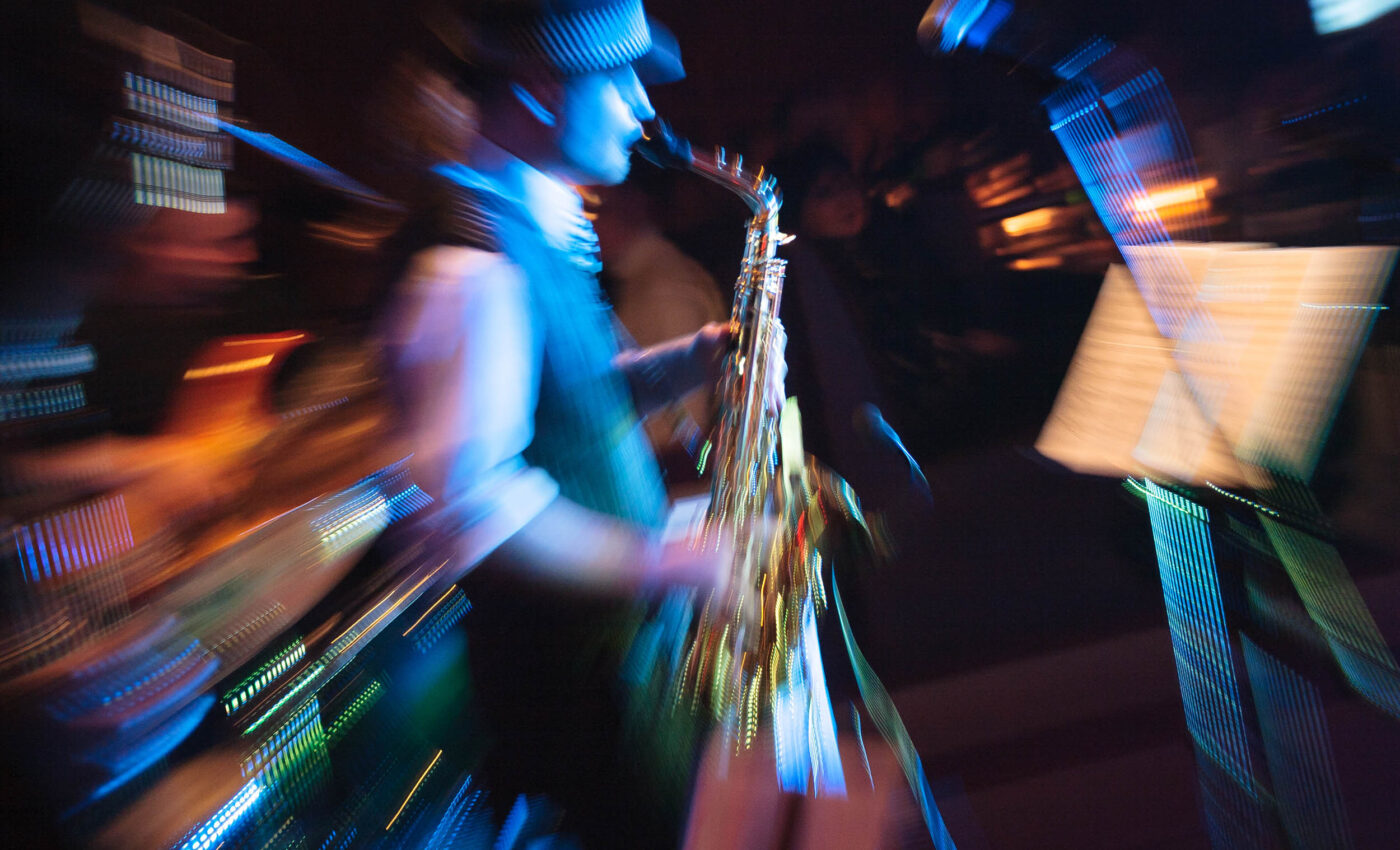
Being in the zone: The neuroscience of creative flow
In the quest for peak productivity and creativity, achieving a state of “creative flow” or being “in the zone” is highly coveted across various fields, from business to the arts.
Drexel University’s Creativity Research Lab has taken a pioneering step in uncovering the neurological underpinnings of this elusive state through a groundbreaking neuroimaging study focused on jazz improvisation.
This research marks the first time the brain’s journey into the creative flow state has been visualized, offering invaluable insights into how individuals can harness this power.
At the helm of this research were John Kounios, PhD, a professor in the College of Arts and Sciences and director of the Creativity Research Lab, and David Rosen, PhD, a recent graduate and current postdoc at Johns Hopkins University.
Decoding the brain’s path to creative enlightenment
Their study reveals that the key to entering a creative flow state lies in a combination of extensive experience and the deliberate relaxation of control, allowing the brain’s specialized networks to operate autonomously with minimal conscious oversight.
The concept of flow was first brought into the spotlight by Mihaly Csikszentmihalyi, who described it as a profoundly engaging and enjoyable state, compelling enough to pursue despite any costs involved.
Despite its widespread fascination and extensive study, the precise nature of flow has remained ambiguous. Kounios’s team set out to demystify this phenomenon by exploring various theories about how flow facilitates creative ideation.
Dual keys to unlocking creativity
One prevailing hypothesis suggests that flow might stem from an intense concentration or hyperfocus, where distractions are eliminated, allowing for superior task performance.
Another theory posits that flow arises when the brain’s default-mode network, responsible for daydreaming and introspection, generates ideas under the direction of the executive control network, which filters and guides these ideas.
Contrasting with these theories, Kounios’s study supports the notion that flow results from a combination of acquired expertise and the conscious decision to “let go,” enabling a specialized neural circuit to produce specific ideas effortlessly.
This “expertise-plus-release” model indicates that without sufficient experience or the ability to relinquish control, achieving a deep state of creative flow may be challenging.
Creative flow insights from jazz improvisation
The researchers tested their hypothesis by analyzing the brain activity of 32 jazz guitarists of varying experience levels as they improvised music.
The intensity of their flow experiences, rated by the musicians themselves, was then correlated with creativity assessments from jazz experts and electroencephalogram (EEG) data.
Findings showed that musicians with more experience not only entered flow states more frequently but also experienced them more intensely, highlighting the importance of expertise in achieving flow.
Yet, expertise alone wasn’t enough; the pivotal factor was a reduction in activity within the brain’s executive control regions, suggesting that letting go is essential for flow.
Understanding the neuroscience of creative flow
This study provides scientific validation for the “expertise-plus-release” theory of creative flow and offers practical applications for enhancing creativity through structured practice and the strategic relaxation of control.
Kounios emphasizes the significance of consistent practice to develop expertise in one’s creative field, followed by a conscious effort to relinquish control, thereby allowing the creative process to unfold more naturally and fluently.
Echoing the words of jazz legend Charlie Parker, Kounios advises aspiring creatives to diligently hone their skills and then, in the moment of creation, to let go and simply “wail.”
Practical path to uninterrupted creativity
In summary, Drexel University’s new study illuminates the intricate dance between experience and the art of relinquishing control as the cornerstone of achieving creative flow. The research team provides a scientific basis for this fascinating phenomenon, which is long celebrated in various disciplines.
By dissecting the neuroimaging of jazz improvisation, the research validates the theory that specialized brain networks foster creativity with minimal conscious oversight while providing a practical roadmap for individuals aiming to unlock their creative potential.
Emphasizing the importance of dedicated practice followed by a conscious effort to “let go,” this study inspires a reevaluation of our approach to creativity, advocating for a balanced synergy between mastery and freedom that can propel us into the zenith of creative expression.
The full study was published in the journal Neuropsychologia.
—–
Like what you read? Subscribe to our newsletter for engaging articles, exclusive content, and the latest updates.
Check us out on EarthSnap, a free app brought to you by Eric Ralls and Earth.com.
—–













